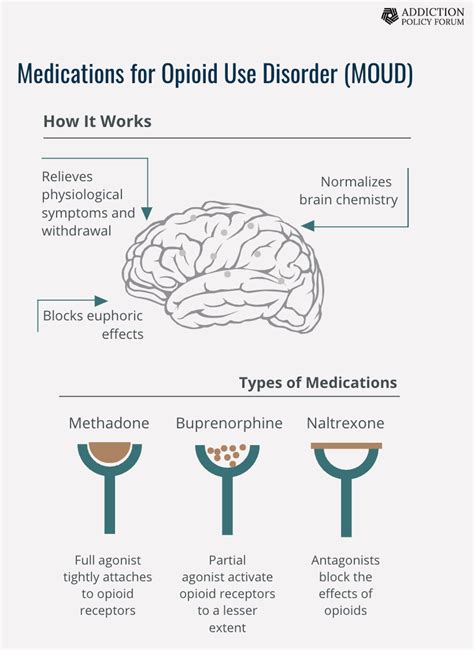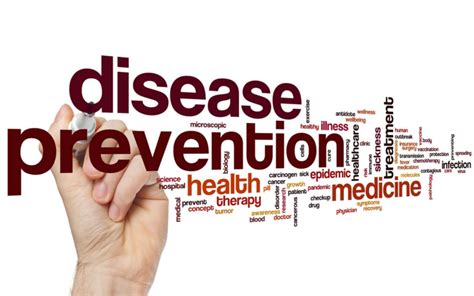Intro
Opioid use disorder has become a significant public health concern in recent years, affecting millions of people worldwide. The disorder is characterized by the misuse of opioid medications, such as heroin, fentanyl, and prescription painkillers, leading to serious health, social, and economic consequences. The importance of addressing opioid use disorder cannot be overstated, as it has devastating effects on individuals, families, and communities. In this article, we will delve into the complexities of opioid use disorder, its causes, symptoms, treatment options, and prevention strategies.
The impact of opioid use disorder is far-reaching, with consequences that extend beyond the individual to their loved ones, employers, and society as a whole. The economic burden of opioid use disorder is substantial, with estimated costs in the hundreds of billions of dollars annually. Furthermore, the disorder is often linked to other health issues, such as mental health disorders, infectious diseases, and overdose deaths. It is essential to understand the complexities of opioid use disorder to develop effective prevention and treatment strategies.
The prevalence of opioid use disorder has increased significantly over the past two decades, driven in part by the overprescription of opioid medications and the availability of illicit opioids. The disorder affects people from all walks of life, regardless of age, gender, or socioeconomic status. However, certain factors, such as a history of trauma, mental health disorders, and social isolation, can increase an individual's risk of developing opioid use disorder. By understanding these risk factors, healthcare professionals and policymakers can develop targeted interventions to prevent and treat the disorder.
Opioid Use Disorder: Definition and Symptoms

Causes of Opioid Use Disorder
The causes of opioid use disorder are complex and multifaceted, involving biological, psychological, and environmental factors. Biological factors, such as genetic predisposition and brain chemistry, can contribute to an individual's risk of developing opioid use disorder. Psychological factors, such as mental health disorders and trauma, can also play a significant role. Environmental factors, including social isolation and access to opioids, can further increase an individual's risk.Treatment Options for Opioid Use Disorder

Medication-Assisted Treatment
Medication-assisted treatment (MAT) is a highly effective approach to treating opioid use disorder. MAT involves the use of medications, such as methadone and buprenorphine, in combination with counseling and behavioral therapies. These medications can help reduce withdrawal symptoms, manage cravings, and prevent relapse. MAT has been shown to improve treatment outcomes, reduce overdose risk, and increase patient engagement in treatment.Prevention Strategies for Opioid Use Disorder

Alternative Pain Management Strategies
Alternative pain management strategies, such as non-opioid medications and physical therapy, can be effective in managing chronic pain without the risks associated with opioids. These strategies may include acupuncture, massage therapy, and cognitive-behavioral therapy. By using alternative pain management strategies, healthcare providers can reduce the risk of opioid use disorder and improve treatment outcomes for patients with chronic pain.The Role of Healthcare Providers in Preventing Opioid Use Disorder

Evidence-Based Prescribing Practices
Evidence-based prescribing practices, such as using alternative pain management strategies and monitoring patients for signs of addiction, can help reduce the risk of opioid use disorder. Healthcare providers can use clinical guidelines, such as those developed by the Centers for Disease Control and Prevention (CDC), to inform their prescribing practices and reduce the risk of opioid misuse.The Impact of Opioid Use Disorder on Families and Communities

Supporting Families and Communities Affected by Opioid Use Disorder
Supporting families and communities affected by opioid use disorder is critical to reducing the impact of the disorder. This may involve providing education and resources on opioid use disorder, promoting support groups and counseling services, and advocating for policy changes that address the root causes of the disorder.Conclusion and Future Directions

What is opioid use disorder?
+Opioid use disorder is a chronic medical condition characterized by the compulsive use of opioids despite negative consequences.
What are the symptoms of opioid use disorder?
+Symptoms of opioid use disorder may include tolerance, withdrawal, and loss of control over opioid use, as well as social isolation, neglect of responsibilities, and continued use despite physical or mental health problems.
How is opioid use disorder treated?
+Treatment for opioid use disorder typically involves a combination of medication, counseling, and behavioral therapies, such as medication-assisted treatment and cognitive-behavioral therapy.
Can opioid use disorder be prevented?
+Yes, opioid use disorder can be prevented by using alternative pain management strategies, promoting education and awareness, and reducing access to opioids.
What is the role of healthcare providers in preventing opioid use disorder?
+Healthcare providers play a critical role in preventing opioid use disorder by using evidence-based prescribing practices, monitoring patients for signs of addiction, and providing education and resources on safe opioid use.
We hope this article has provided you with a comprehensive understanding of opioid use disorder, its causes, symptoms, treatment options, and prevention strategies. If you or someone you know is struggling with opioid use disorder, please seek help from a healthcare provider or a trusted resource. Remember, opioid use disorder is a treatable condition, and recovery is possible with the right support and treatment. Share this article with others to help raise awareness and promote education on this critical public health issue.
